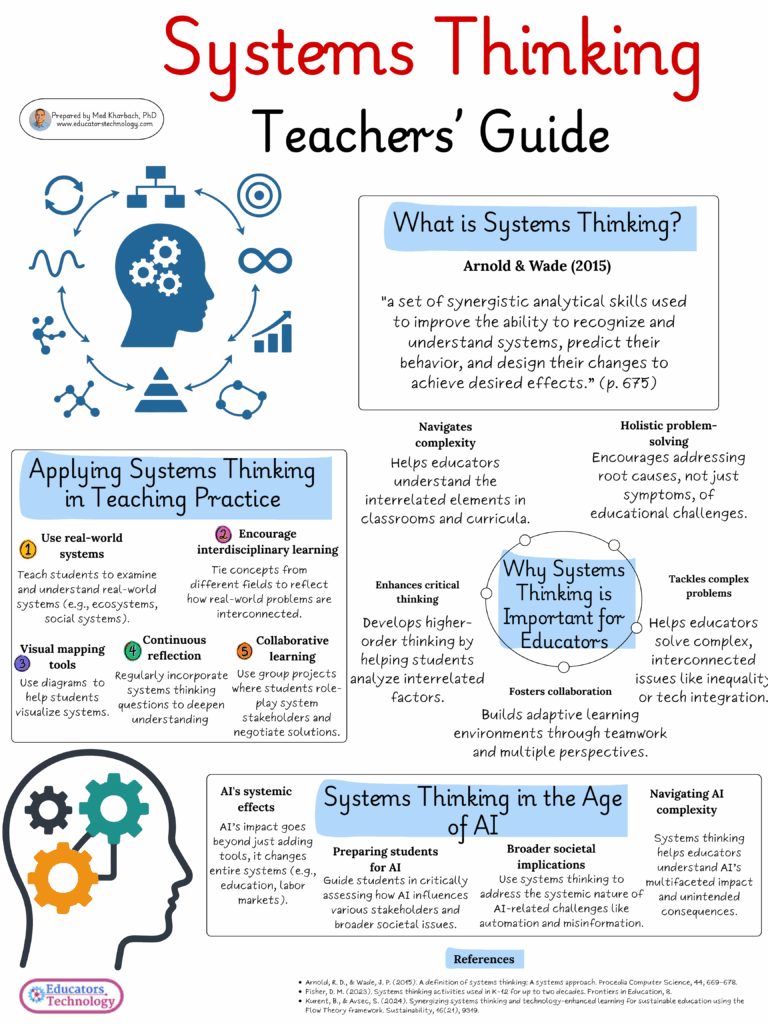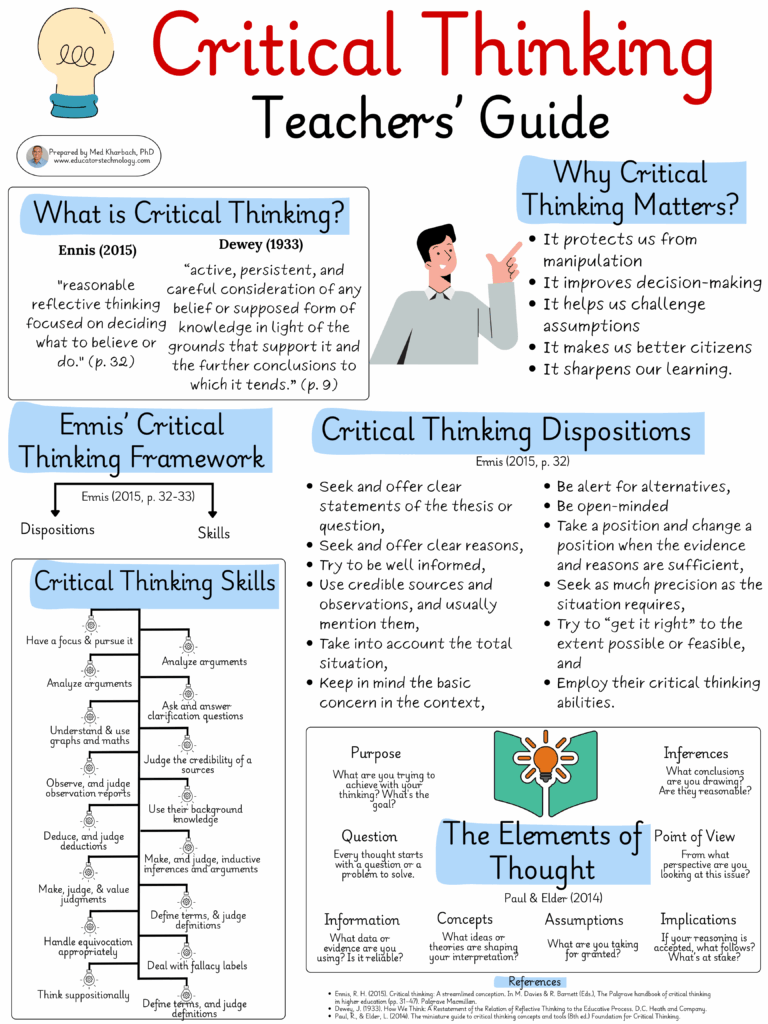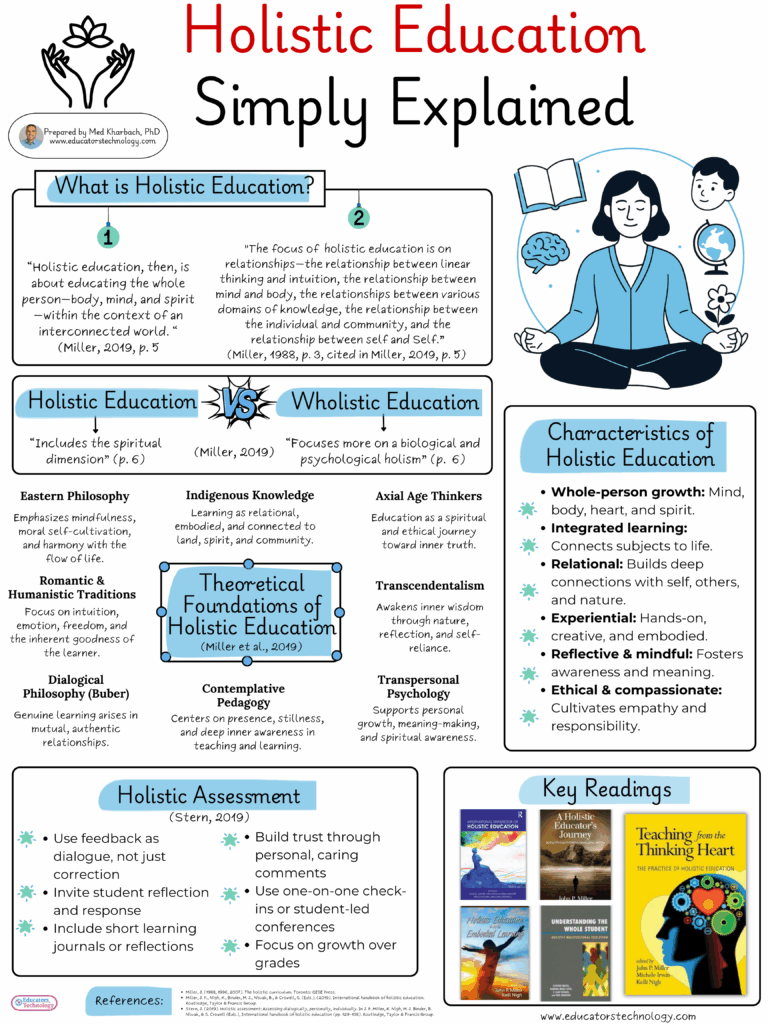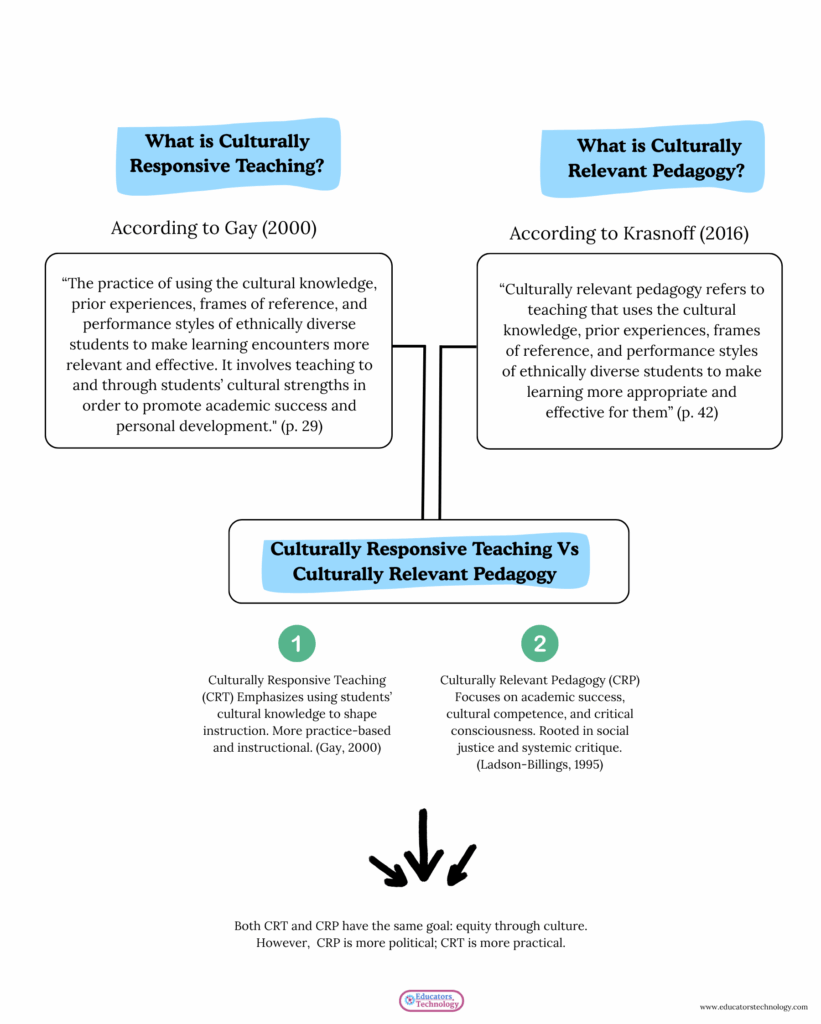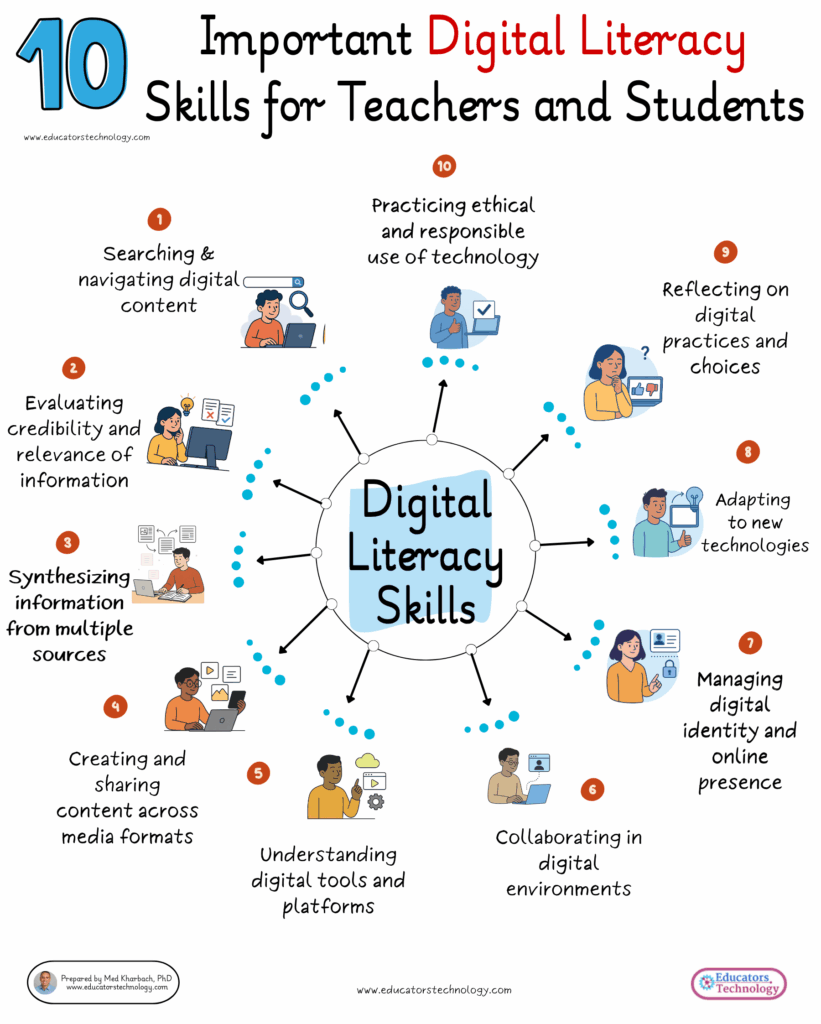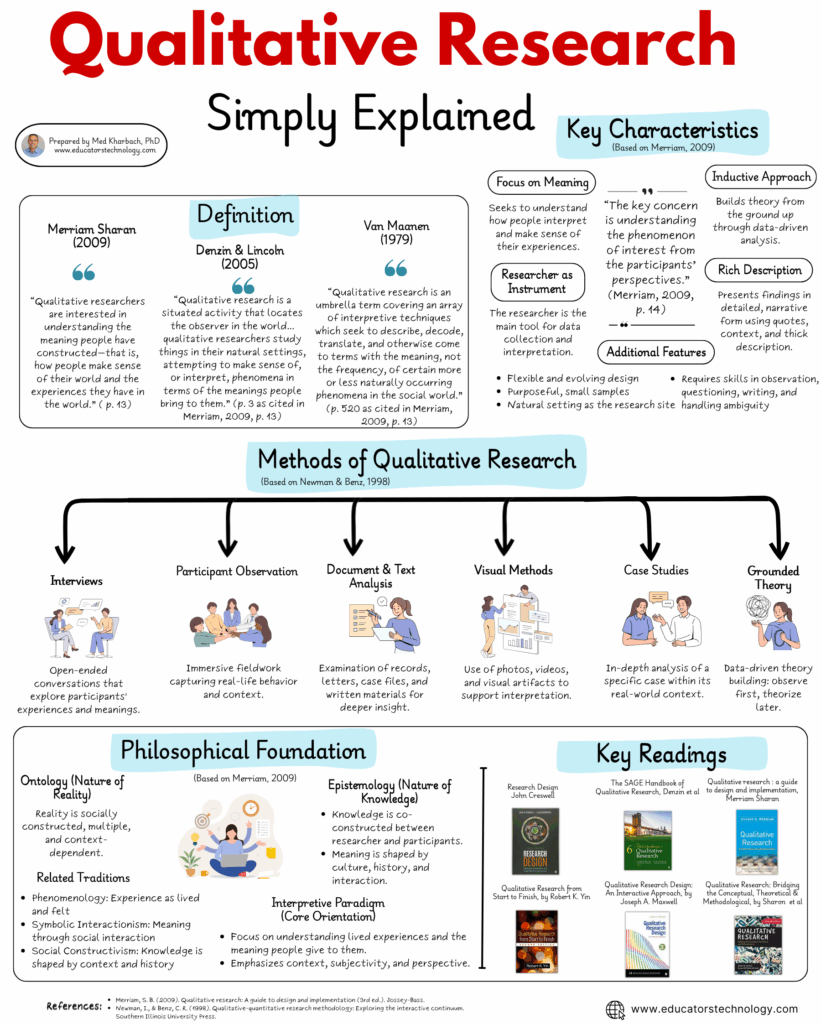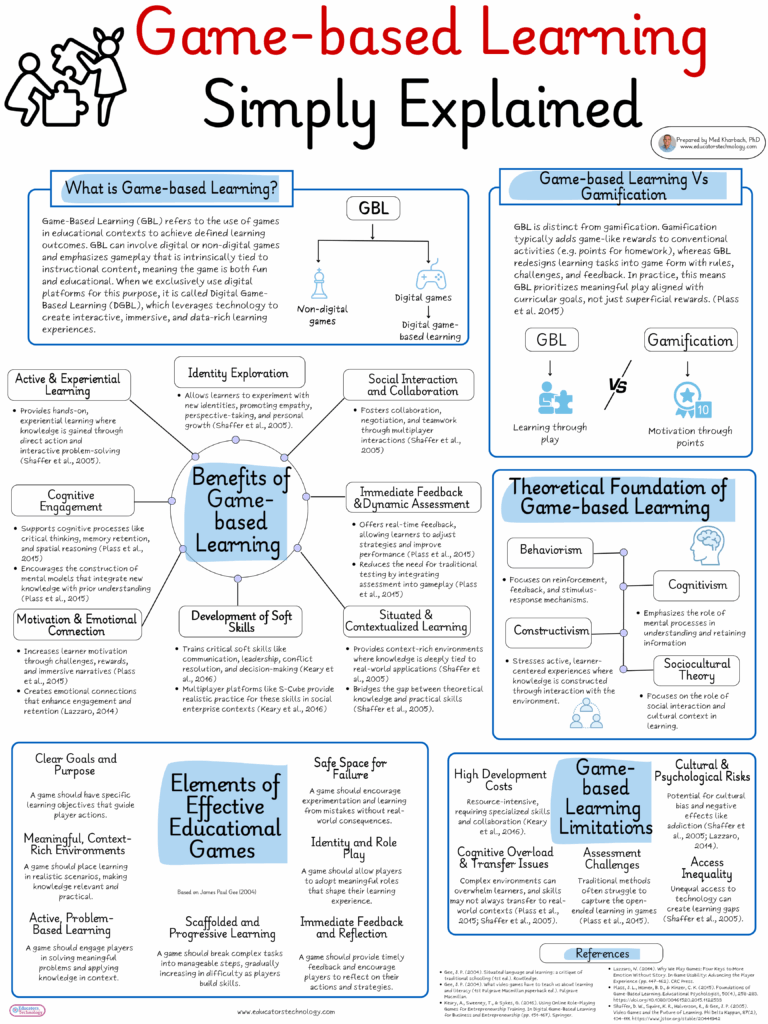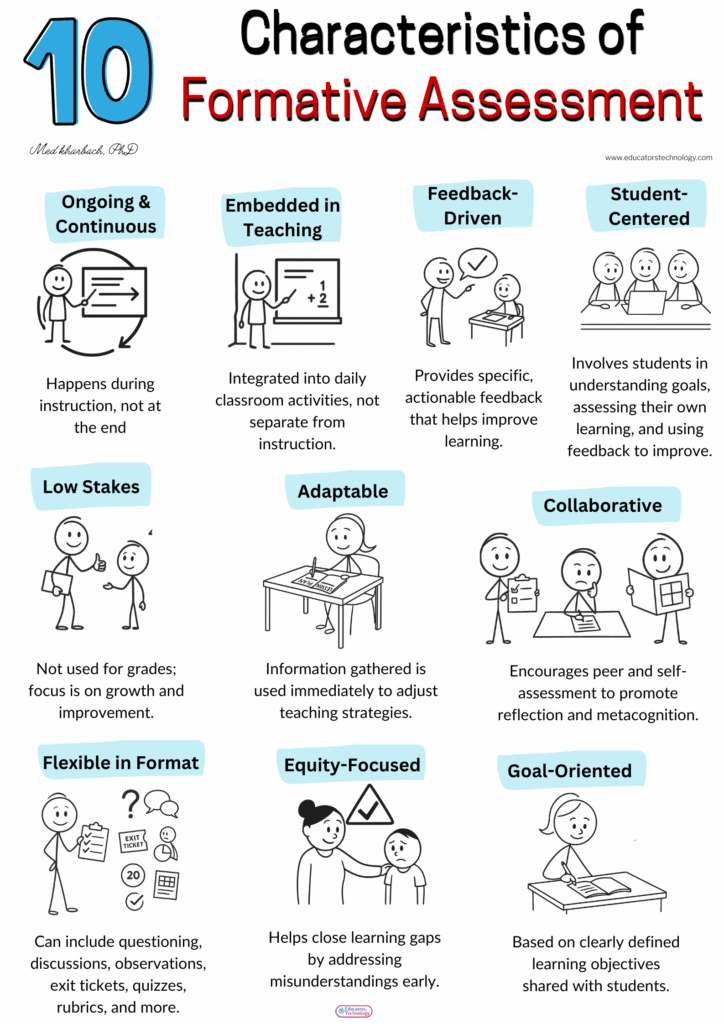Systems Thinking Guide for Teachers
If there’s one concept educators can no longer afford to ignore, it’s systems thinking. It’s not new. But it’s newly urgent. With the rapid rise of AI, the growing complexity of classrooms, and the layered nature of challenges like student engagement, curriculum design, and educational equity, the need for systems-level thinking is becoming more persistent.…
